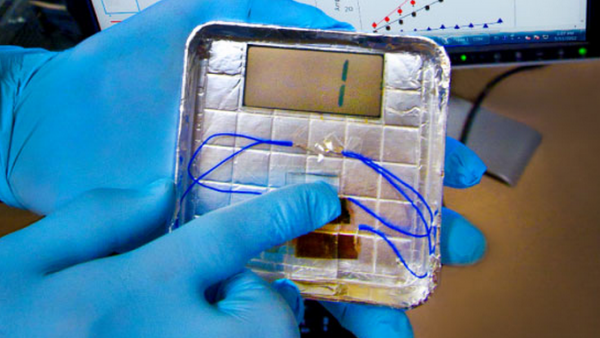Scientists from the U.S. Department of Energy’s Lawrence Berkeley National Laboratory have developed a method for generating power using viruses that convert mechanical energy into electricity. Researchers have put viruses to work in the lab, using them to build tiny devices that gather energy from mechanical forces, and to run a small liquid-crystal display.
The virus is called M13. Scientists used this type of virus in bio-engineering to make batteries earlier. But it couldn’t achieve success because of its piezoelectric properties and ability to replicate rapidly. However, the produced generator is the first to generate electricity by harnessing the piezoelectric properties of a biological material. Piezoelectricity is the accumulation of a charge in a solid in response to mechanical stress. To build the generator, a stamp-sized electrode is coated with the engineered virus, which can be pressed with a finger and after that it converts that energy into electricity used to power a LCD screen.
The viruses arrange themselves into an orderly film that enables the generator to work. But the fact is, the generator can only produce about a quarter of the voltage of a AAA battery. Take a look at the demo below.
Researchers involved with the project hope that the concept can be used in building personalized devices which can harvest electricity everyday chores. Seung-Wuk Lee, a faculty scientist in Berkeley Lab’s Physical Biosciences Division and a UC Berkeley associate professor of bioengineering, said, “More research is needed, but our work is a promising first step toward the development of personal power generators, actuators for use in nano-devices, and other devices based on viral electronics.”
Source : Nature Nanotechnology, Lawrence Berkeley National Laboratory
Thanks to : ZDNet
[ttjad keyword=”ipod-nano”]

